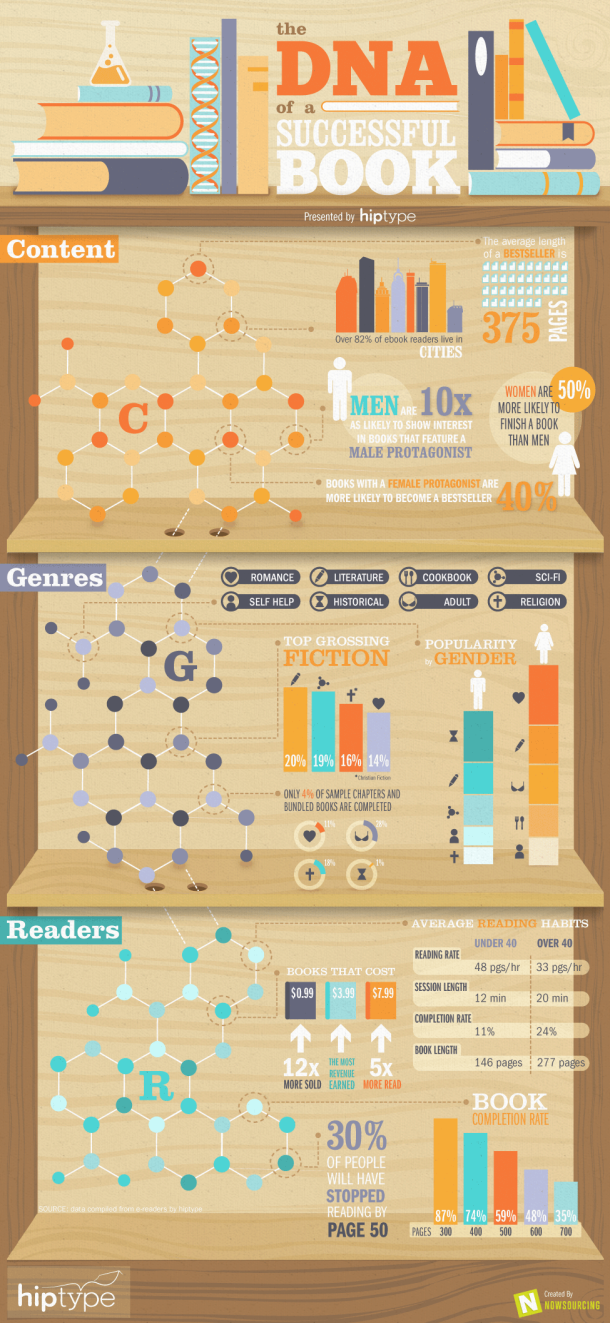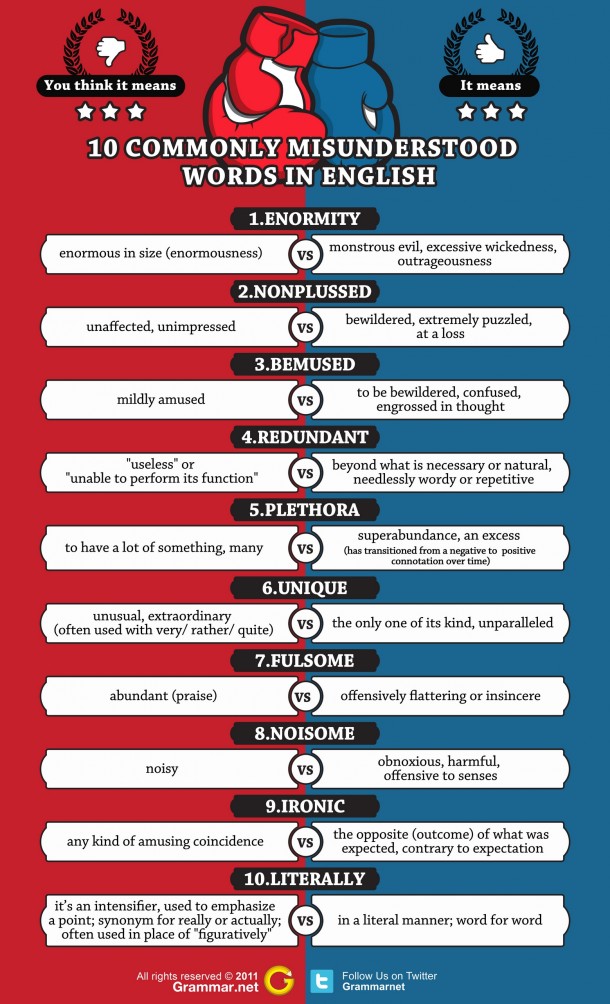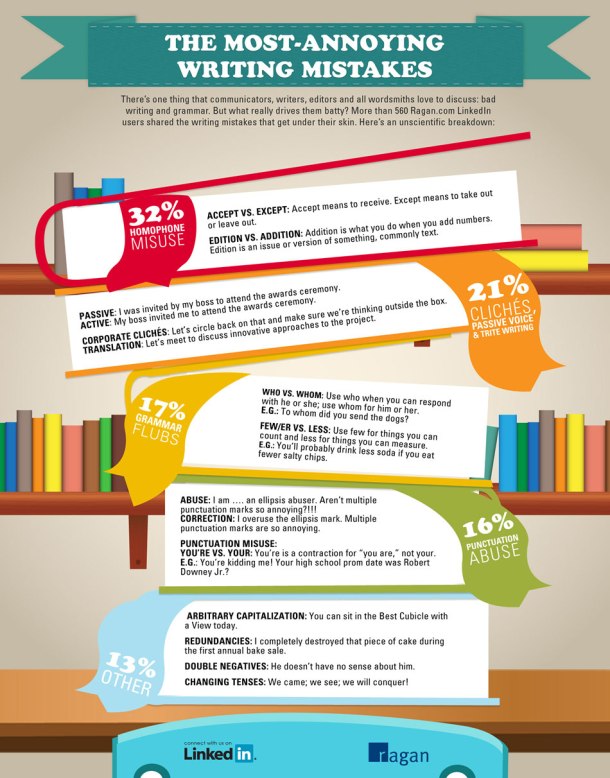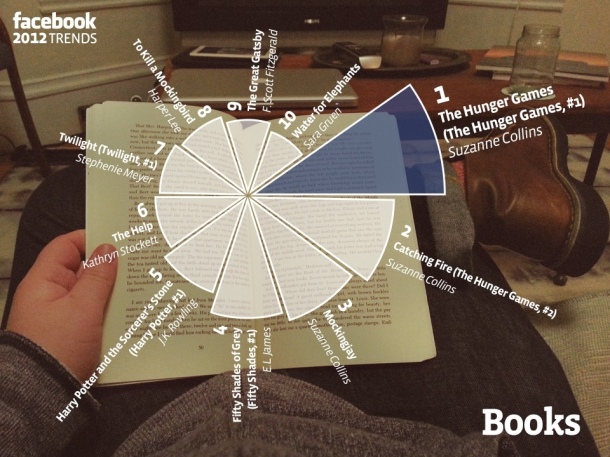This post contains affiliate links that help this blog continue to be awesome.
For generations, storytellers, bards, and troubadours — ancient and modern — have been putting new spins on old tales. One of the oldest collections of stories, the Bible itself, even mentions this in Ecclesiastes 1:9:
That which has been done is what will be,
That which is done is what will be done,
And there is nothing new under the sun.
Epic Reads recently put together a gorgeous infographic specifically focusing on these retellings in YA — 162 of them, in fact. It could even be argued by some that a few of these original stories, like Romeo and Juliet, were based on earlier stories. You’ll find the infographic below, and a complete list of the retellings can be found here.
I remember loving Robin McKinley’s Beauty as a kid and thoroughly enjoying Gail Carson Levine’s Ella Enchanted some years later when I stumbled across it as a camp counselor (that one makes great bedtime reading for a room full of kiddos). Do you have any favorite YA retellings? Or favorite retellings in general?
P.S. While you’re here, don’t forget to check out The 10 Most Read Books of All Time.









